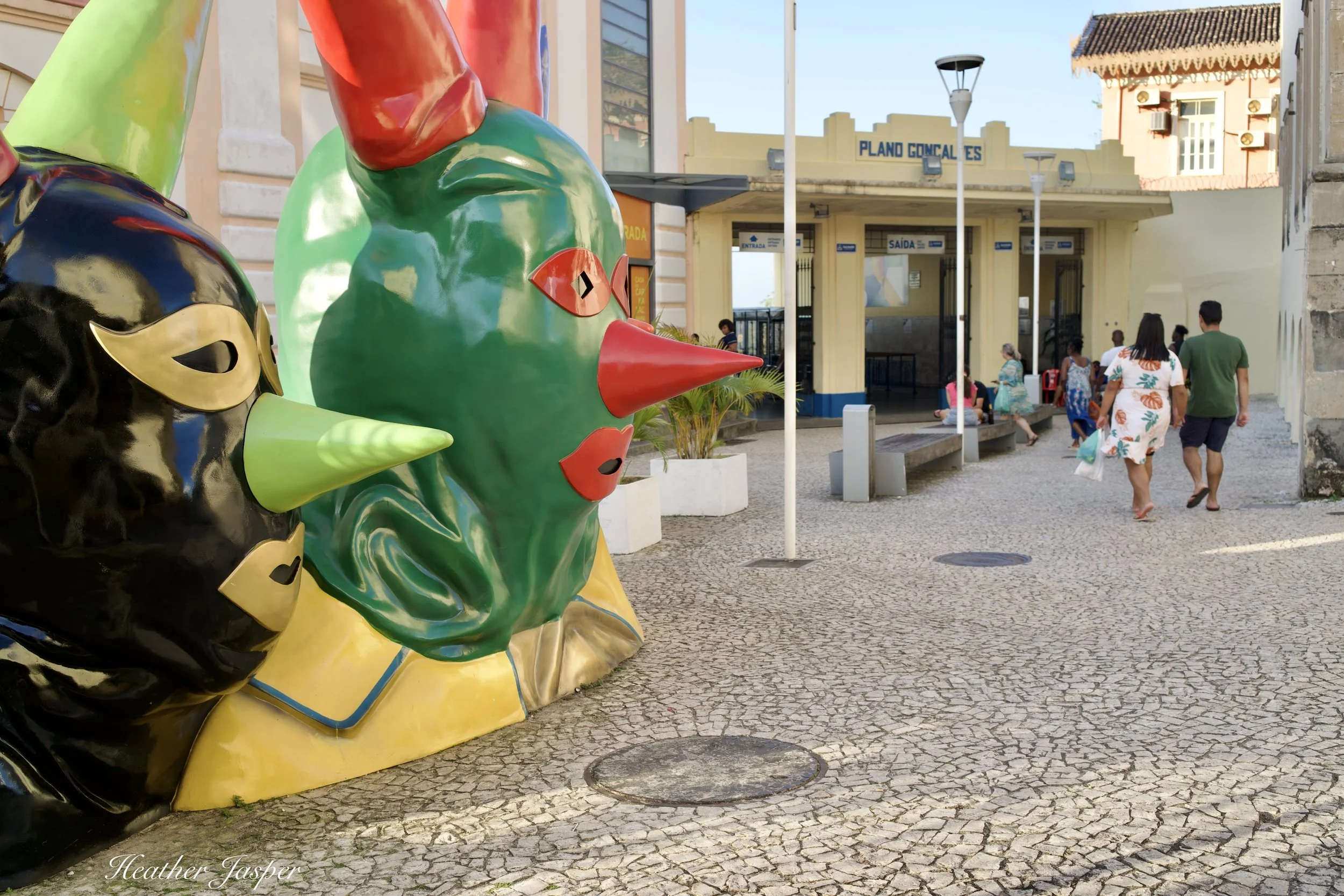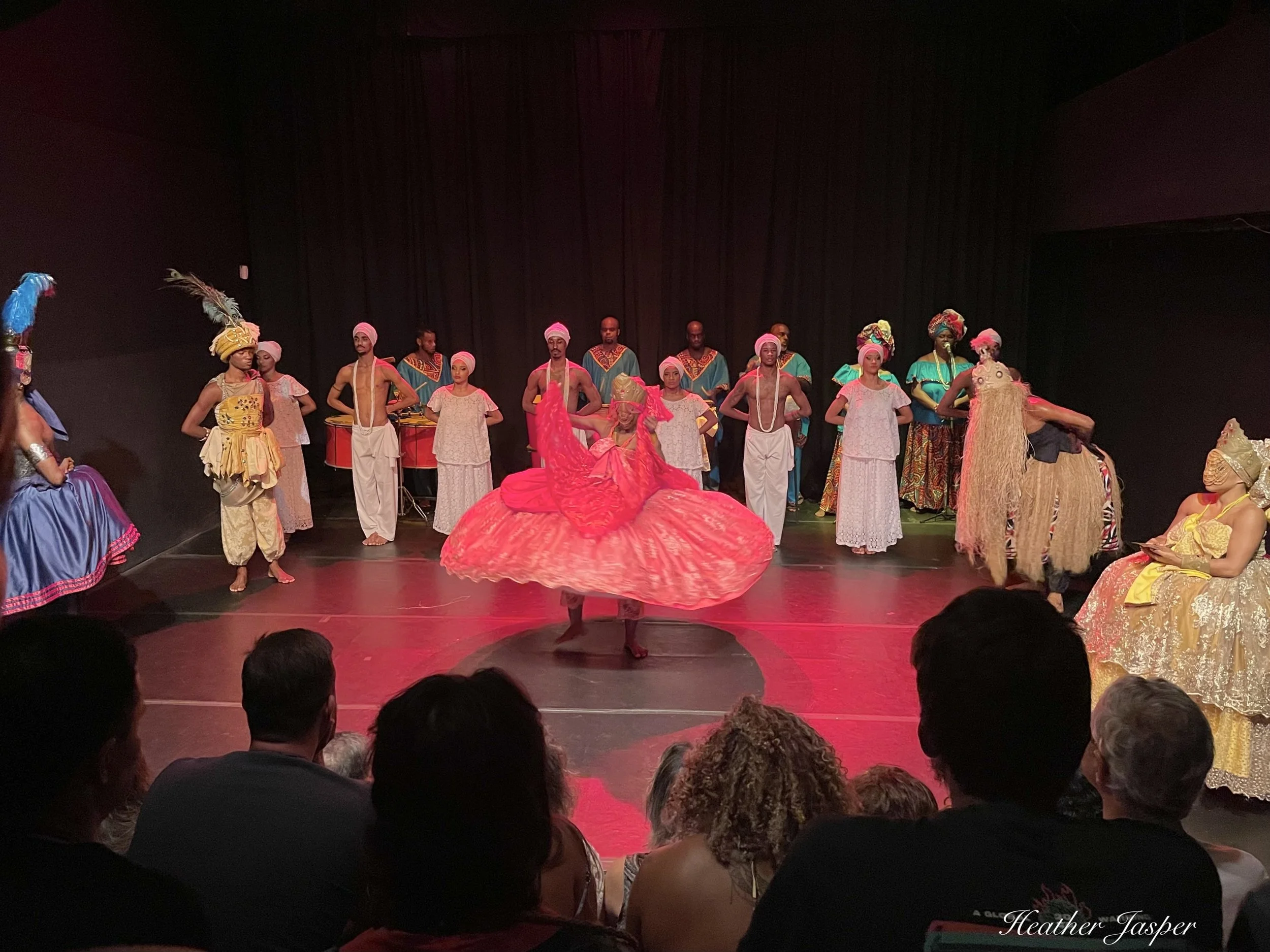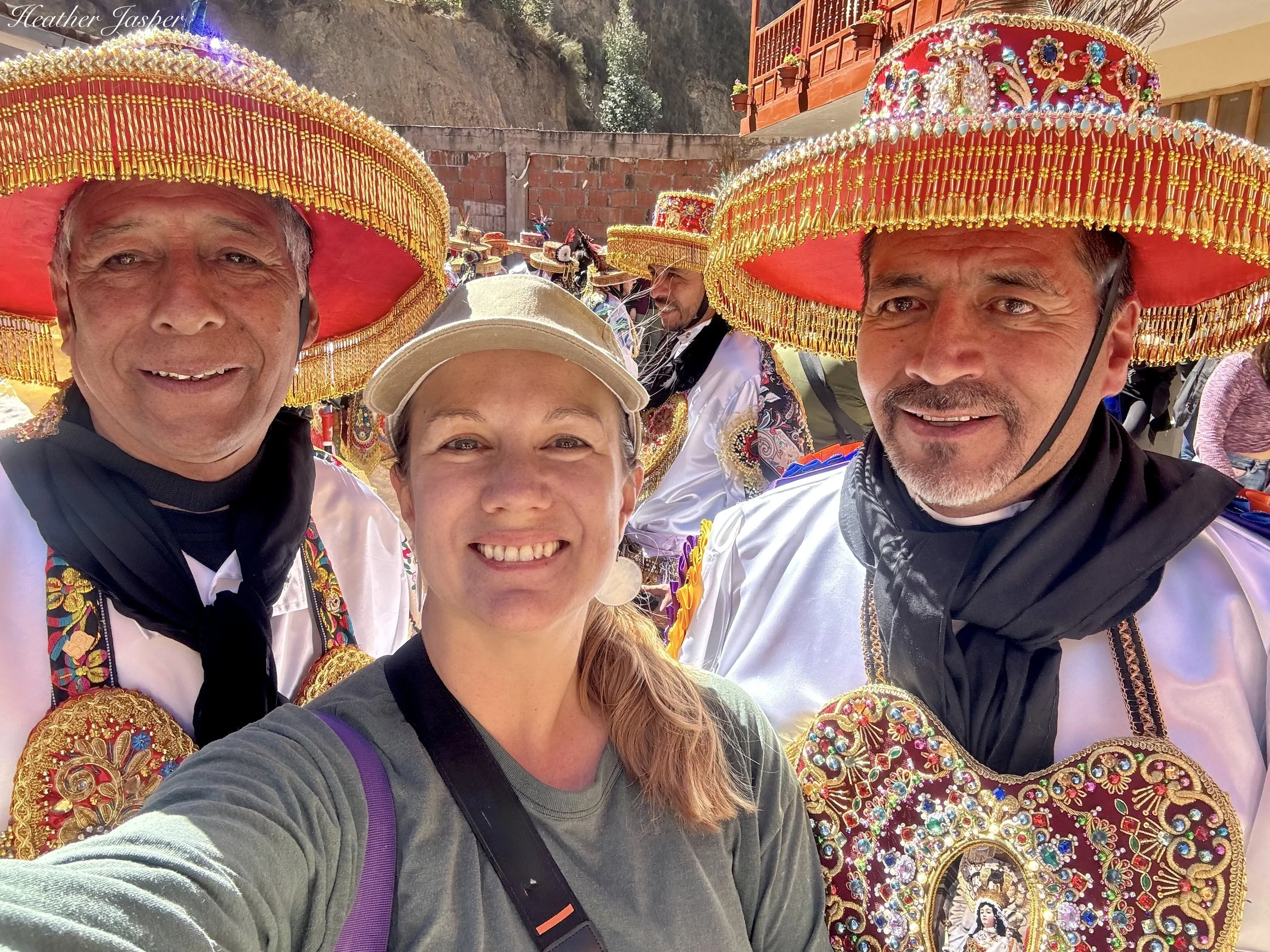Travel Tip 109
How to dig into local history
Welcome to my newsletter! I’m so glad you’re here!
History is everywhere you look in Salvador, Brazil.
Learn about the past to understand the present.
All the history buffs I know love to travel, but you don’t have to be into history to enjoy learning about local history when you travel. I love experiencing the culture of places I visit, especially culture in the form of food, music, dance, and art. So, I always want to know the roots, and therefore history, of that culture.
Here’s my top three tips for digging into local history.
1. Start with museums
The most obvious, and often easiest, place to start is museums. Most museums these days are interactive and have audio tours you can listen to on your phone with Bluetooth, or audio guides, in multiple languages. I’ve found English either on printed panels or in audio form in museums around the world, from Vietnam and Nepal to Brazil and Argentina. History museums are great, but so are art museums, which also have a lot of history about where a country’s art comes from.
2. Go to concerts and performances
The Balet Folclorico da Bahía is a modern dance company with strong historical representation in all their dances. I was very surprised and impressed with how much I learned about the history of Bahía, Brazil from watching their dance performances.
3. Hire a local guide
Tour guides from another place may know a lot about history, but they won’t have the same personal connection to it as somebody who grew up in the place you’re visiting. Local guides have family history that they can recount alongside the national or regional history they teach you. It makes the history come alive to hear a guide tell you how historical events affected their parents or grandparents.
The Qhapaq Negro were so welcoming and helpful the whole week I was with them. Añay!
New Blog
The Qhapaq Negro of Paucartambo
This year I followed the Qhapaq Negro during the Festividad de la Virgen del Carmen in Paucartambo, Peru. They are a fascinating syncretism of African, Andean and European traditions. Click on the blog title above to see what it’s like to spend a week with them.



